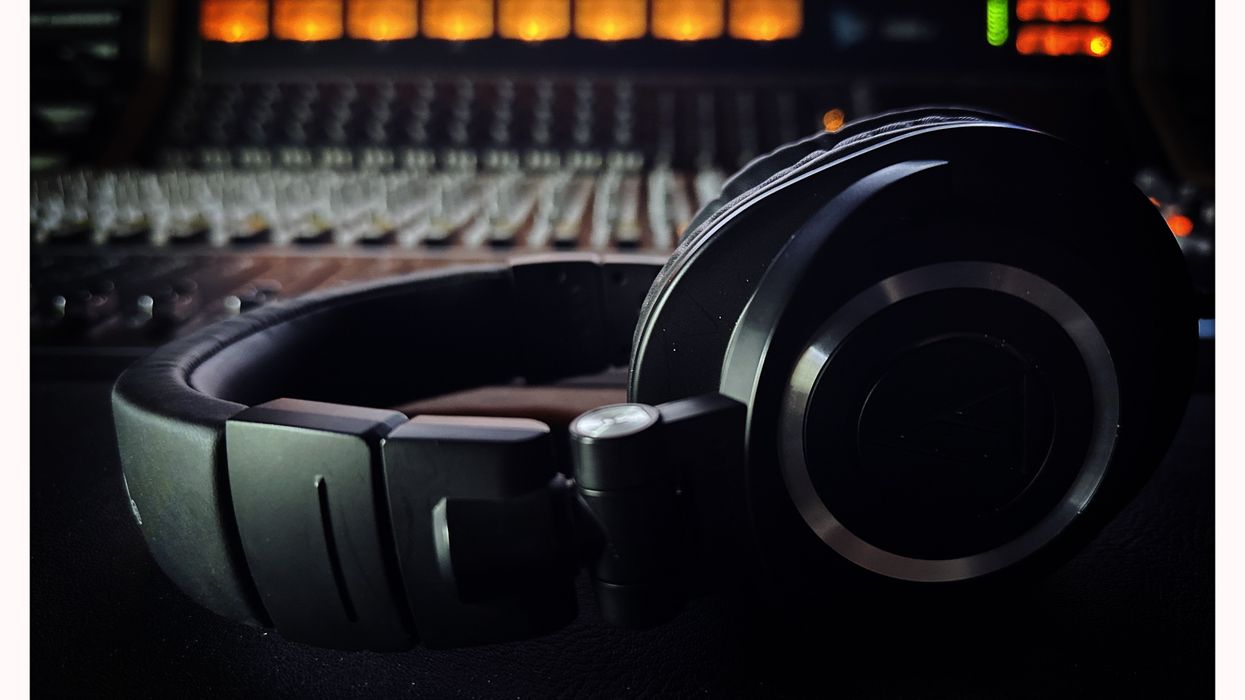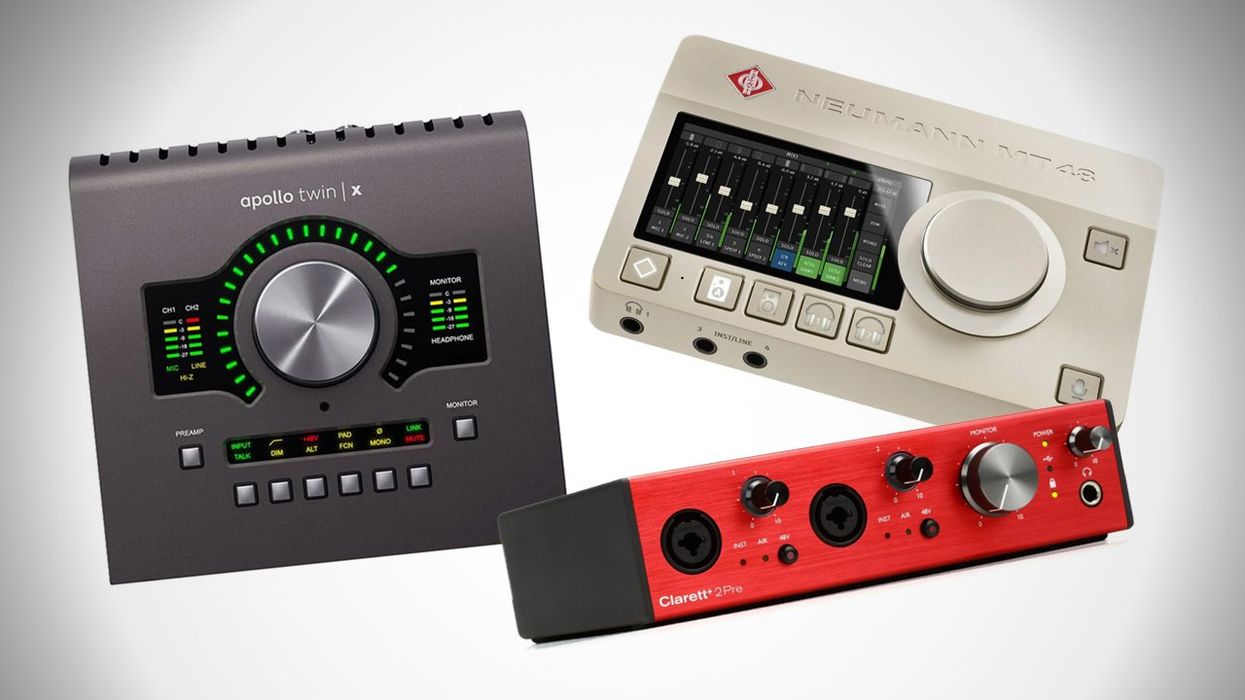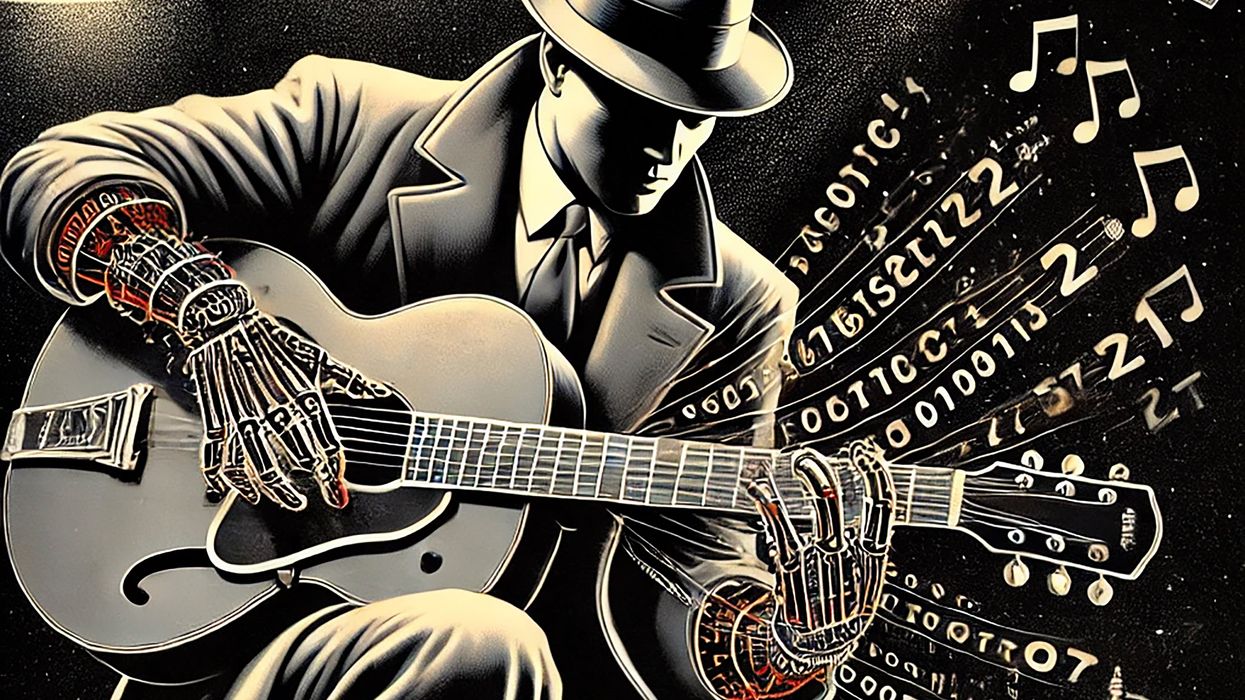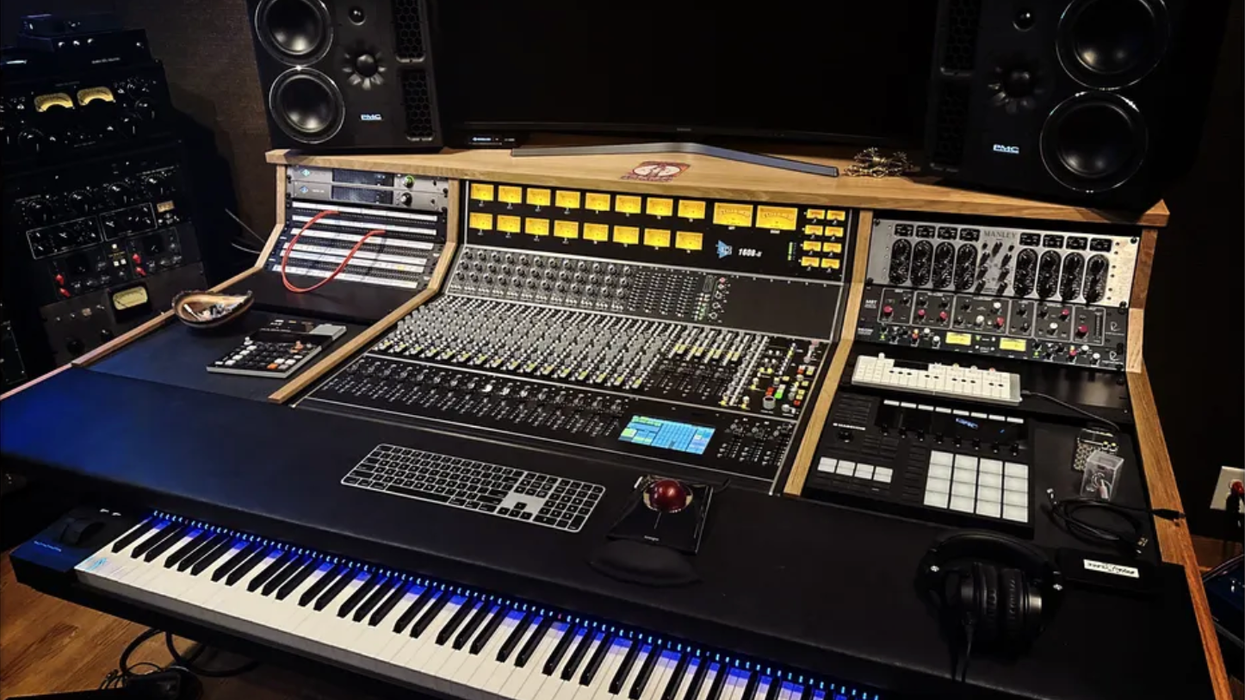For example, during a chamber music concert, I placed a contact mic under the chess board as we reenacted, move for move, the legendary 1972 World Chess Championship Game 6 of Bobby Fischer and Boris Spassky, while rice grains were dropped on the board as the rest of the ensemble made an ongoing soundtrack. (I highly recommend watching HBO’s 2011 documentary, Bobby Fischer Against The World.) In short, it’s my go-to initial technique for making totally new sounds, textures, timbres, samples, and sound design that I incorporate into my music. Tighten up your belts, the Dojo is now open.
Vibration Positive
Before we start, there are many benefits of using a contact microphone. It can pick up sounds that are not audible to the human ear. For example, if you attach the microphone to a metal surface and strike it with a mallet, you will hear not only the sound of the mallet hitting the metal, but also the vibrations of the metal itself. Which is exactly how Ben Burtt got the blaster sound effects for Star Wars—by hitting a certain radio tower’s support wire (guy wire) in the Mojave Desert.
“It’s my go-to initial technique for making totally new sounds, textures, timbres, samples, and sound design that I incorporate into my music.”
Recently, I showed our students at the Blackbird Academy how to create new samples and sounds by attaching a contact mic to the outside of a 5-gallon water jug, then pouring water inside and hitting the side of the jug while gently swirling the water. We eventually ended up with an entire “water jug” drum kit.
Another benefit of using a contact microphone is that it can eliminate unwanted background noise. Because the microphone is only picking up vibrations from the surface it is attached to, it is less likely to pick up ambient noise in the room. However, because it is sensitive to vibrations, it may pick up unwanted sounds from handling or movement. Also, it may not capture the full range of frequencies that a traditional microphone would capture.
Lastly, they really come in handy for older vintage acoustic instruments that you may want to leave in their original state and have the flexibility to mic from any position without harming them.
Um … How Do I?
To use a contact microphone, you need to attach the microphone to the surface you want to capture the sound from. I only use Loctite Fun-Tak Mounting Putty because it is non-permanent, leaves no residue, and is non-tarnishing, malleable, and non-toxic. I simply place a tab of the Fun-Tak on the back of my contact mic and then mount it to whatever I want to record.
Check out Fig. 1. You can see I’ve attached my Zeppelin Labs Cortado MkIII mic ($159 street) to the headstock of my National Estralita Deluxe. This gives me that piezo/electric sound that I can in turn reamp or process with plugins, etc.
Be sure to experiment with different placements all over the instrument to find the sound you are looking for. Ever wonder what it might sound like inside your slide when playing slide guitar? Tape the mic on the top of your slide and play away. But don’t stop there! You could also place it on electronic kids’ toys that make noise (toy pianos, baby shakers, celeste, handheld electronic games), or pitched percussion, like kalimbas, log drums, vibraphones, and even cymbals. Or, think way outside the box—literally. Mount it on all kinds of cups, glasses, bowls, buckets, doors, and windows. Or on glass shower doors (outside the shower of course!), or the inside of your car windshield the next time you wash your car or it rains, flagpoles on windy days, park slides, merry-go-rounds, swing sets, and basically anything else you can imagine.
After you get some great source sounds, head back to the studio, keep what you like and process the sounds with reckless abandon. Until next time, namaste.


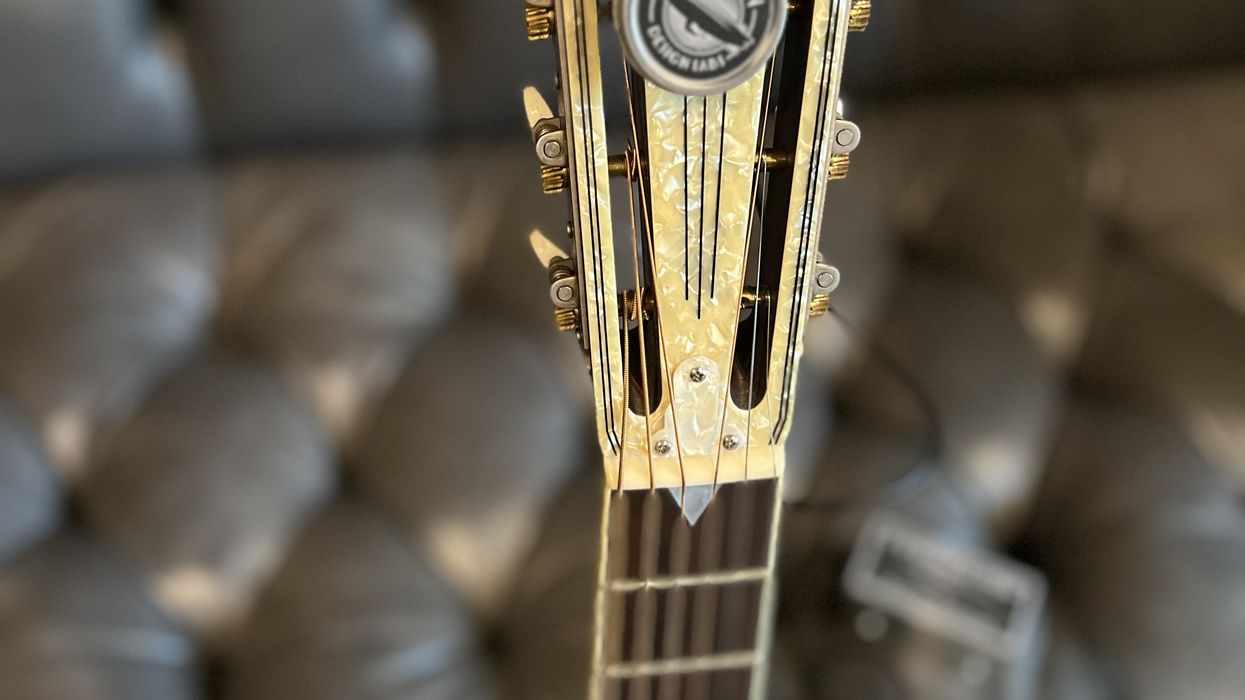

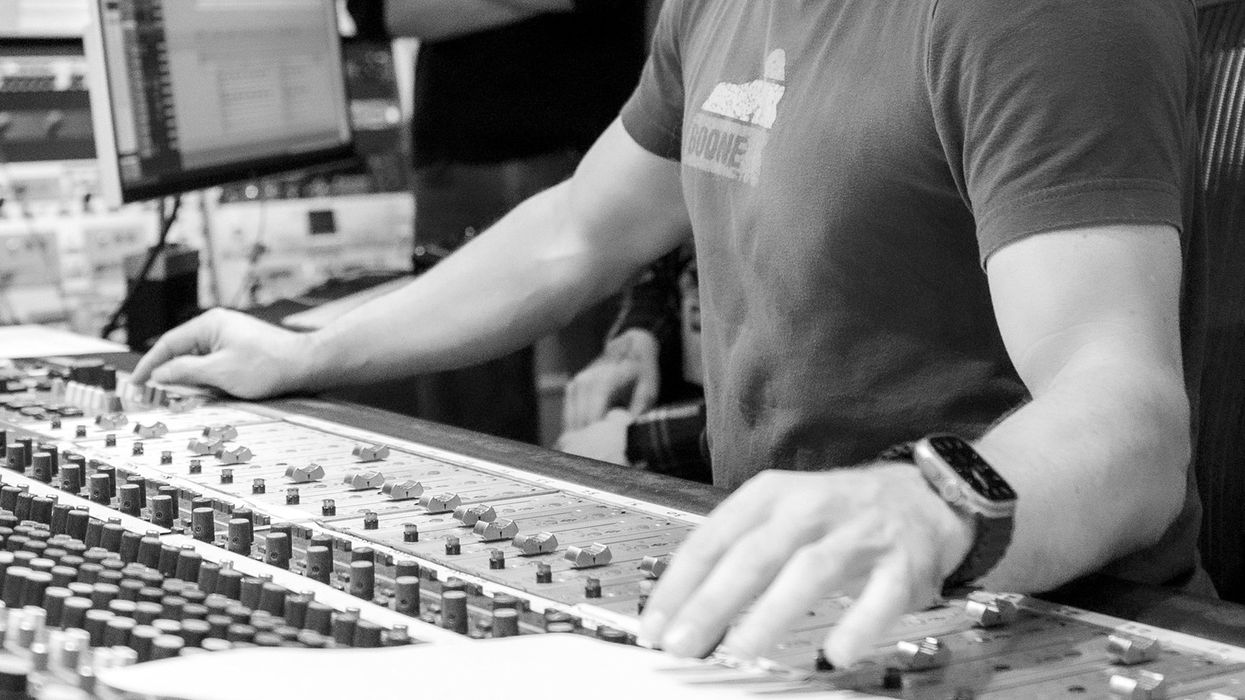
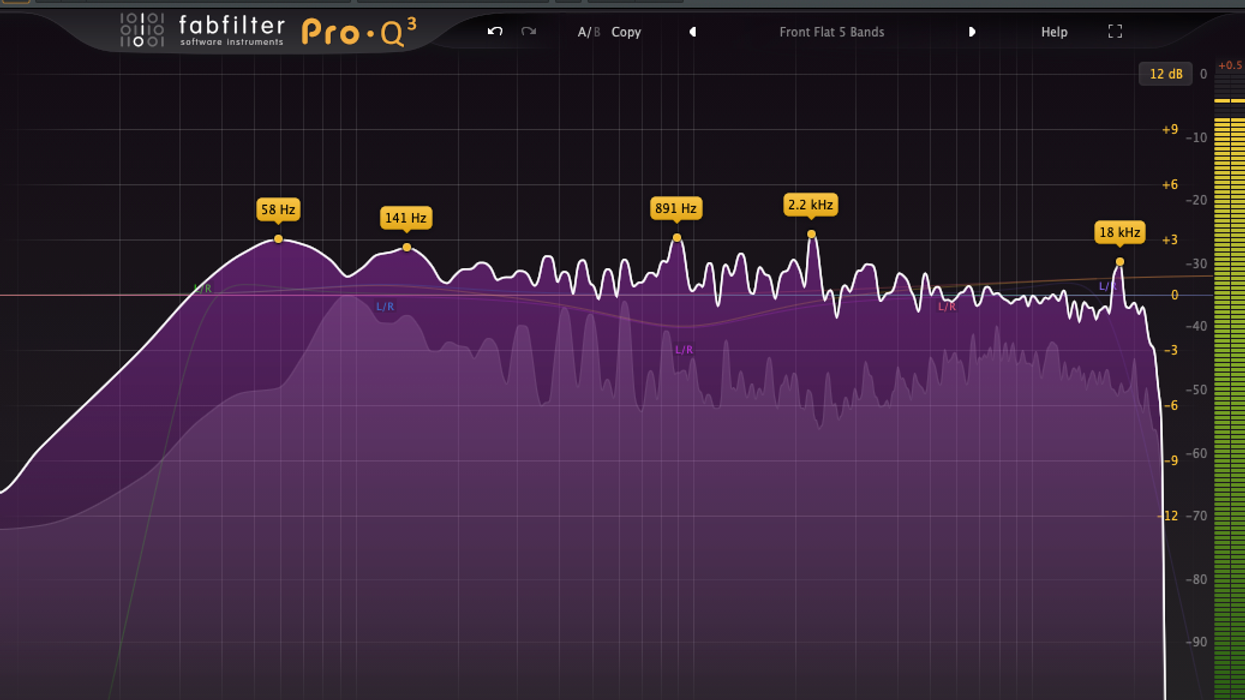
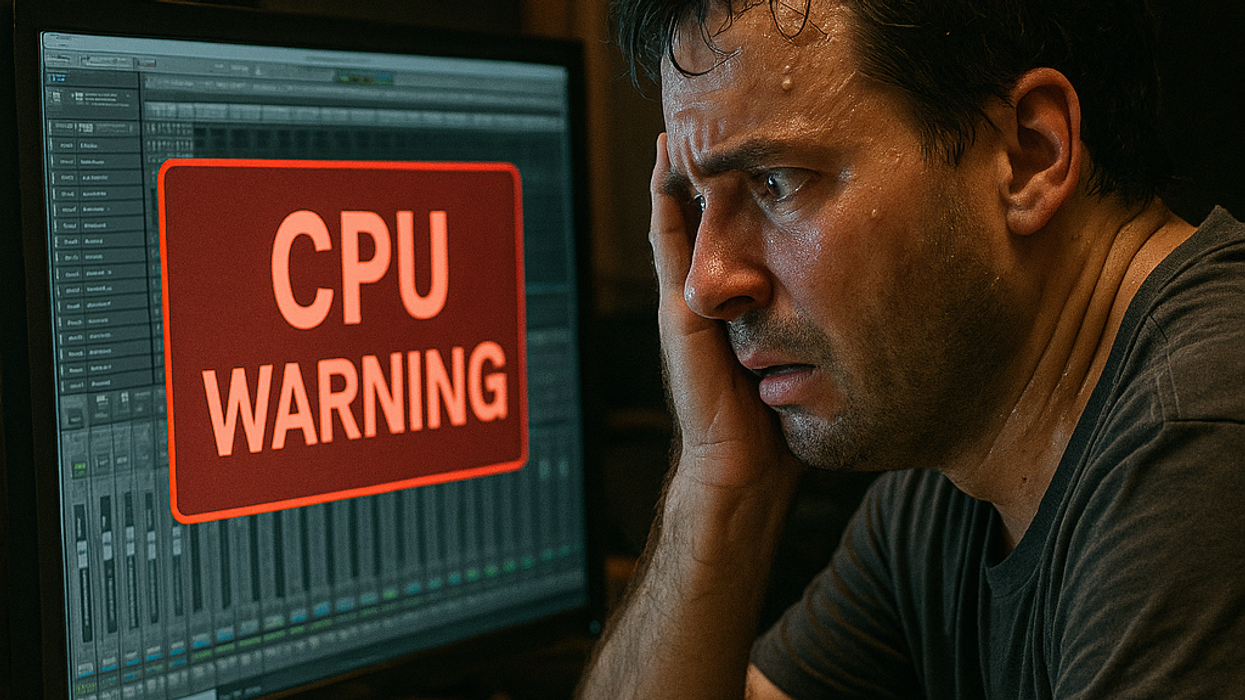

![Rig Rundown: Russian Circles’ Mike Sullivan [2025]](https://www.premierguitar.com/media-library/youtube.jpg?id=62303631&width=1245&height=700&quality=70&coordinates=0%2C0%2C0%2C0)




